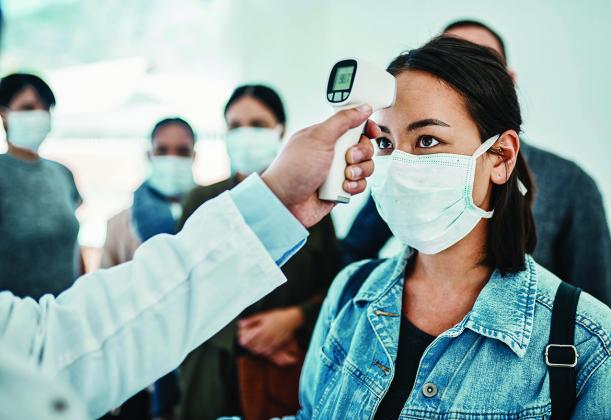From Metro
Much of the globe was introduced to an assortment of new terms throughout 2020. Phrases like “social distancing” or “flatten the curve” were commonly used, but these were all preceded by the utterance of the word “pandemic.”
What is a pandemic?
The World Health Organization defines a pandemic as a “worldwide spread of a new disease.” The word pandemic comes from the Greek words “pan” (meaning “all”) and “demos” (“people”). When a new disease emerges, most people lack the natural immunity to fight off illness, so the disease can spread rapidly between communities — and eventually around the world. A pandemic differs from an epidemic in that an epidemic is the spread of disease in a community or region over a specific amount of time. Epidemics often grow into pandemics. Facts and figures about pandemics.
According to HealthCareers.com, the most lethal pandemics in history were the Spanish flu of 1918 and the Black Death. The Spanish flu lasted two years and claimed 50 million lives, according to the United States National Archives.
In the 14th century, a bubonic plague pandemic referred to as “The Black Death” caused the deaths of between 75 and 200 million people over a period of five years. In comparison, as of October 2020, more than 1.1 million people have died of the COVID-19 disease worldwide, according to NBC News and Johns Hopkins University Coronavirus Resource Center.
Prior to COVID-19, the most recent pandemics occurred with the outbreak of the Hong Kong flu in 1968-69, the H1N1 Swine flu of 2009-2010, and the Ebola outbreak of 2014-2016. The WHO says that most viral pandemics have been caused by influenza viruses.
Addressing pandemics
he National Center for Biotechnology Information indicates that globalization increases the probability of a pandemic. Urbanization, travel, trade, and human-animal interaction all lead to elevated pandemic risk. However. thanks to the science of epidemiology and the development of new medicines and therapies, professionals have helped to reduce death rates due to pandemics. Health experts say one of the most efficient measures to help reduce the risk of pandemic infection is the simplest — the practice of social distancing.
The Centers for Disease Control and Prevention says social distancing means keeping a safe distance between oneself and others who are not from the same household. Many diseases spread among people who are in close contact (within about six feet) for prolonged periods. Global pandemics are nothing new, but the public still needs to be vigilant and do their part to help reduce the spread of infectious diseases.

